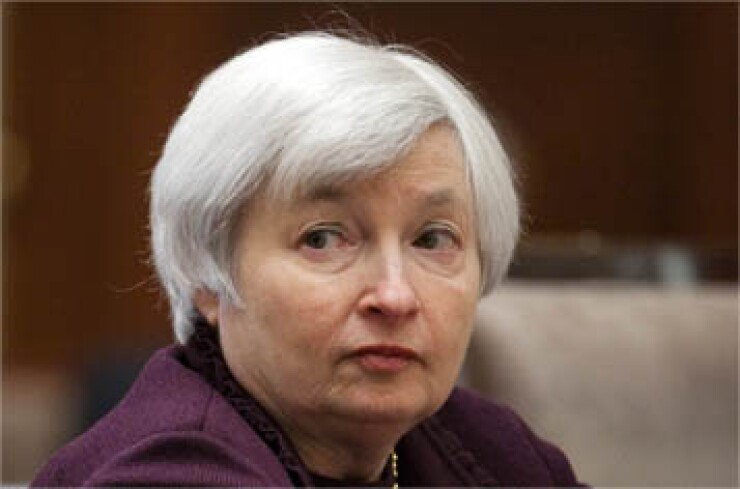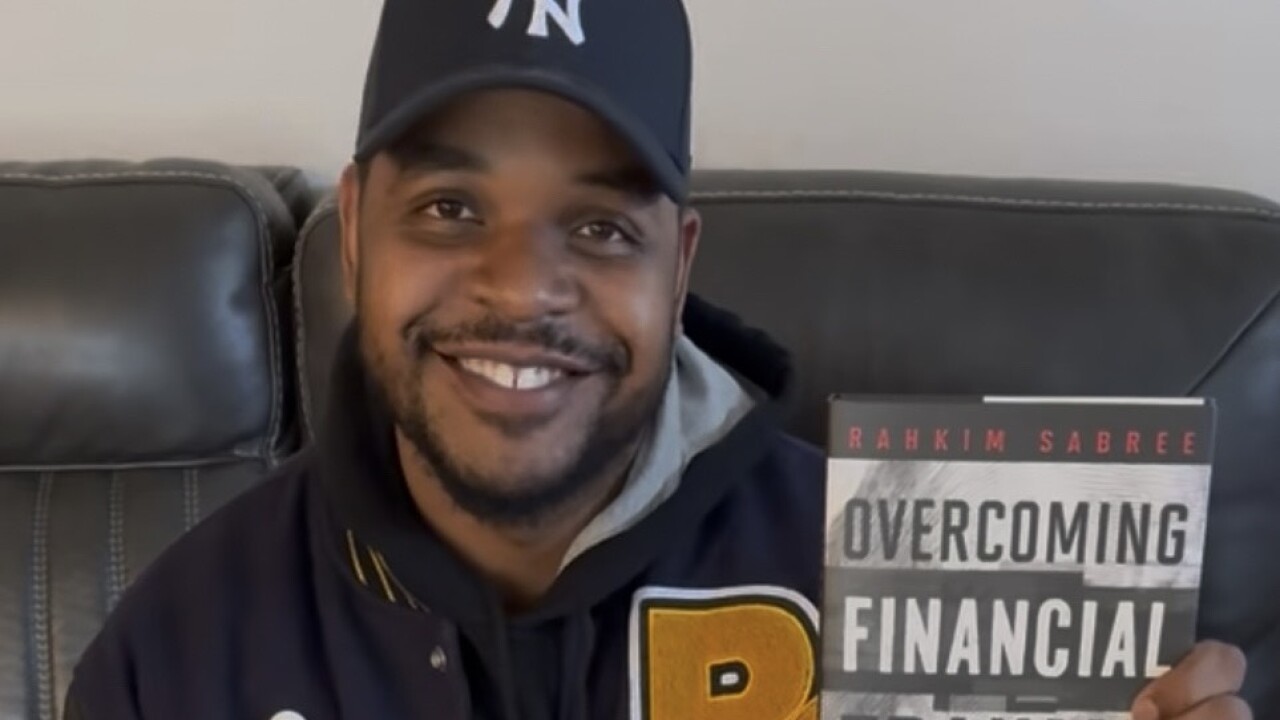The rapidly unfolding banking crisis has scared savers large and small, roiled global financial markets and sparked anxious questions about where cash and retirement plans are safe.
The big picture
The collapse of
While Swiss bank titan Credit Suisse faced troubles long before the turmoil, panicked depositors ditched the systemically important global bank in response to the U.S. collapses. By March 19, Credit Suisse was
Seasoned wealth advisors who lived through the 2007-08 financial crisis could be forgiven for wondering if the situation might be a preview of deja-vu-all-over-again.
The signal events of the
By contrast, no taxpayer money has been used to compensate depositors at the failed U.S. banks, all mid-size and smaller institutions.
Nevertheless, the blowup has highlighted how the implosion of a cluster of smaller institutions can produce fallout similar to that of a much larger bank implosion.
Is this bad for my long-term nest egg?
"We believe that the recent bank failures are significantly less likely to trigger a global banking crisis" compared to 2007-08, Morningstar
That doesn't mean there aren't more shoes yet to drop. Other banks made bets similar to those that recently bellied up. Many investors have pivoted for the moment to worrying about preserving cash, not growing it.
Lisa Shalett, the chief investment officer of Morgan Stanley Wealth Management,
Is my money safe?
For the vast majority of individuals and small businesses, yes.
The Federal Deposit Insurance Corp., a government agency, insures cash and cash-like deposits up to
So if you have twice that amount under your name in a single bank, you're covered for only half the sum. By contrast, spreading cash up to that limit between institutions (different branches of a single bank don't count), account types (savings, checking and certificates of deposit, for example) and account owners (joint, single, a trust) yield protection well above that limit.
Only deposits are insured;
With retirement plans, things get complicated.
Employer-sponsored 401(k)s for which an FDIC-covered bank is custodian are not insured. But self-directed accounts held at banks, in which the investor calls the investment shots, not a third-party, are
Also covered: Section 457(b) deferred compensation plans, which are like a 401(k) for state and local government employees and workers at certain nonprofits.
In short, what happened?
Things began to unravel in January when Silvergate Capital, a California crypto lender that catered to institutional investors, disclosed that depositors had staged an "It's a Wonderful Life"-style run on the bank during the last three months of 2022. The bank
SVB Group, the parent company of Silicon Valley Bank, the nation's 16th-largest FDIC-insured commercial bank, bellied up on March 10, the second biggest implosion in the industry after Washington Mutual cratered in 2008 and was snapped up by JPMorgan Chase. Smaller Signature Bank was shuttered by regulators March 12.
First Republic Bank in San Francisco, another crypto-friendly lender with a large amount of deposits over the $250,000 coverage limit, got a $30-billion
What happened to depositors?
Silvergate, which
But for Silicon Valley Bank and Signature Bank, regulators took the
Both banks had high proportions of uninsured deposits, more than 89% and nearly 94%, respectively, S&P Global Market Intelligence data
Would the lifeline to Silicon Valley Bank and Signature Bank depositors apply to savers at other banks?
Possibly.
The Wall Street Journal
Yellen told a Senate Finance Committee hearing last week that regulators would afford future failed banks similar treatment only if a majority of the FDIC board, a super-majority of the Fed Board and she, in consultation with the president, "determine that the failure to protect uninsured depositors would create systemic risk and significant economic and financial consequences." (See
While Yellen
Why did these implosions take place?
SVB is a regional commercial lender in California that catered to institutional investors, startups and wealth technology executives. It spooked depositors days after it announced a surprise sale of bonds and plans to issue new shares to shore up its balance sheet. Customers bolted, pulling out more than $40 billion in cash. The company's stock tanked, and so did other bank stocks.
The bank had benefited from an era of low interest rates for its lending business, raking in billions in deposits and stashing them into long-term U.S. government bonds, a classic safe investment. But when the Fed began aggressively hiking interest rates in March 2021, it found itself with a giant bond portfolio that was worth billions less if sold at the moment. When interest rates rise, the market price of older bonds falls, because newer bonds pay higher rates.
Regulators are
Depositors at Signature Bank, which catered to the real estate industry and crypto investors, grew scared by the outflows, and pulled roughly $10 billion. New York Community Bank
Silvergate Capital fell victim to the fallout from a series of
First Republic Bank fell victim to contagion.
Is my money safe at a brokerage?
Investors with brokerage accounts are covered by the Securities Investor Protection Corp., a federally mandated nonprofit. SIPC automatically insures investors for up to $500,000 in securities and up to $250,000 in uninvested cash, per account. So if you have an IRA and a Roth IRA at the same brokerage, each is covered up to the full amount.
Brokerage failures are rare.
What is the FDIC?
The agency was created in 1933 at the height of the Great Depression, a year in which roughly 4,000 commercial banks and 1,700 savings and loans failed
More than 9,000 banks had collapsed since the 1929 stock market crash,
What is systemic risk?
A term of art, not science.
The phrase refers to financial institutions large enough to cause collateral damage to other institutions and markets if they fail. In 2010, Congress passed a sweeping Wall Street overhaul, the Dodd-Frank Act, that curbed risk-taking by banks and aimed to prevent big banks from blowing up.
Should I reshuffle my portfolio?
For some investors, maybe. As market watchers eye the longer-term impact of the unfolding turmoil, a few early themes are emerging.
U.S. Treasury bonds have rallied on speculation that the Federal Reserve may not be able to continue raising interest rates, hikes that would further pressure institutions whose bond portfolios were acquired before the era of cheap money ended.
Regional and mid-sized bank stocks took a pounding following the implosions of Silicon Valley Bank and Signature Bank but had nudged back up as of March 20. Shares in already-troubled Credit Suisse got hammered — again — after its forced absorption by UBS, widely seen by global equity markets as a positive sign.
What's next?
Regulators are closely watching things. But the Fed now faces a two-headed beast: stubbornly persistent inflation and a banking crisis.
Interest rate hikes are intended to combat the former. But they could worsen the latter, by making a bank's bond portfolio worth less.
"It looks like the Fed is increasingly between a rock and a hard place, having to trade off market stability risk for credibility on inflation," Morgan Stanley's Shallet









